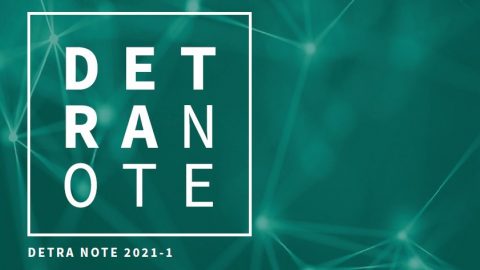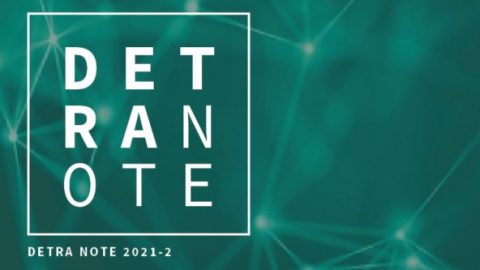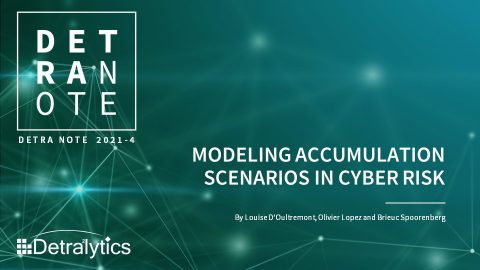- Filter by
- Categories
- Tags
- Authors
- Show all
- All
- 60 Years Tax
- blog
- consulting
- cpd points
- credibility
- detranote
- faqctuary
- financial reporting
- frefrekonometrics
- Genetic Algorithm
- health
- heath-jarrow-morton model
- iabe
- ibnr
- IFRS 17 Implementation
- implementation
- indexing
- inflation
- insurance
- intérêt
- internal model
- IR Management
- liability
- liability modelling
- loss development
- lunch&learn
- Medical Index
- micro reserving
- micro-reserving
- model
- model comparison
- modelisation
- modelling
- monitoring
- neural networks
- Non Life
- portfolio
- Profitability Assessment
- r&d
- rbnp
- rbns
- Reserving
- risk
- Risk Management
- Risk Managementment
- solutions
- solvency calculation
- solvency II
- technical provisions
- training
- webinar
03/03/2021
We are pleased to share with you our Detra Note 2021-1. In this working paper, we adapt the Heath-Jarrow Morton (HJM) framework by considering a constraint of convergence of future forward rates toward a constant exogeneous rate set e.g. by a regulator.
Do you like it?
02/04/2021
We are pleased to share with you our Detra Note 2021-1. In this working paper, we adapt the Heath-Jarrow Morton (HJM) framework by considering a constraint of convergence of future forward rates toward a constant exogeneous rate set e.g. by a regulator.
Do you like it?
04/07/2021
We are pleased to share with you our Detra Note 2021-1. In this working paper, we adapt the Heath-Jarrow Morton (HJM) framework by considering a constraint of convergence of future forward rates toward a constant exogeneous rate set e.g. by a regulator.
Do you like it?
18/10/2021
We are pleased to share with you our 4th Detra Note of the year about accumulation scenarios in cyber insurance. In this work, we consider a simple way to model accumulation episodes (i.e., large number of claims occurring in a short amount of time) in the context of cyber risk.
Do you like it?


